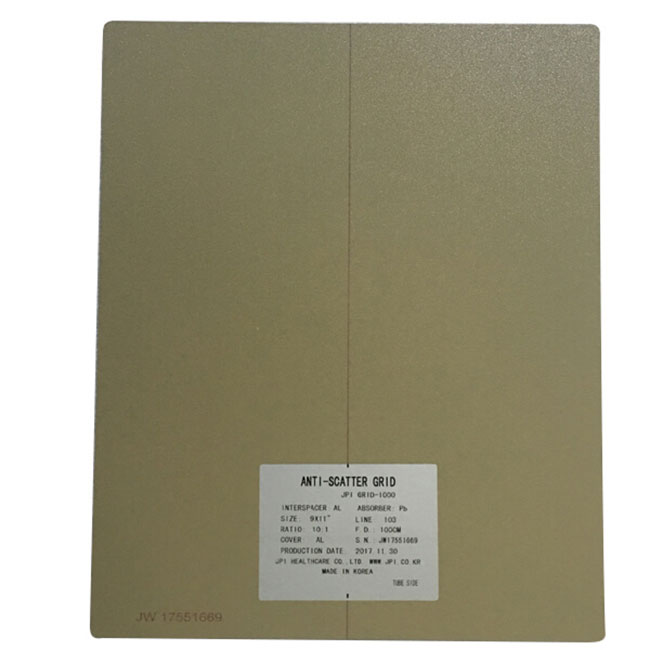What impact does the X-ray grid material have on image quality and scatter radiation absorption?
The X-ray grid material can have an impact on both image quality and scatter radiation absorption.
- Image Quality: The grid material affects the transmission characteristics of the X-rays passing through it. Different grid materials have different absorption and scatter properties. Ideally, the grid material should have high transmission for primary X-rays while minimizing the absorption of primary radiation. This ensures that most of the X-rays reaching the image receptor contribute to the formation of the diagnostic image, resulting in better image quality.
- Scatter Radiation Absorption: Scatter radiation is a type of radiation that is produced as a result of interactions between the X-ray beam and the patient’s body tissues. Scatter radiation can degrade the image quality by reducing contrast and increasing the noise level in the image. The grid material can impact scatter radiation absorption by either effectively attenuating or scattering the scattered photons. For example, high atomic number grid materials, such as lead or tungsten, are often used because they have better scatter radiation absorption properties compared to low atomic number materials like aluminum or plastic.
In summary, the choice of X-ray grid material is important in balancing image quality and scatter radiation absorption. The goal is to select a grid material that allows for optimal transmission of primary X-rays while effectively attenuating scatter radiation, resulting in an improved image quality. Whatsapp:+86 18953679166. Email: service@newheek.com

Author:X Ray Grids Maker
